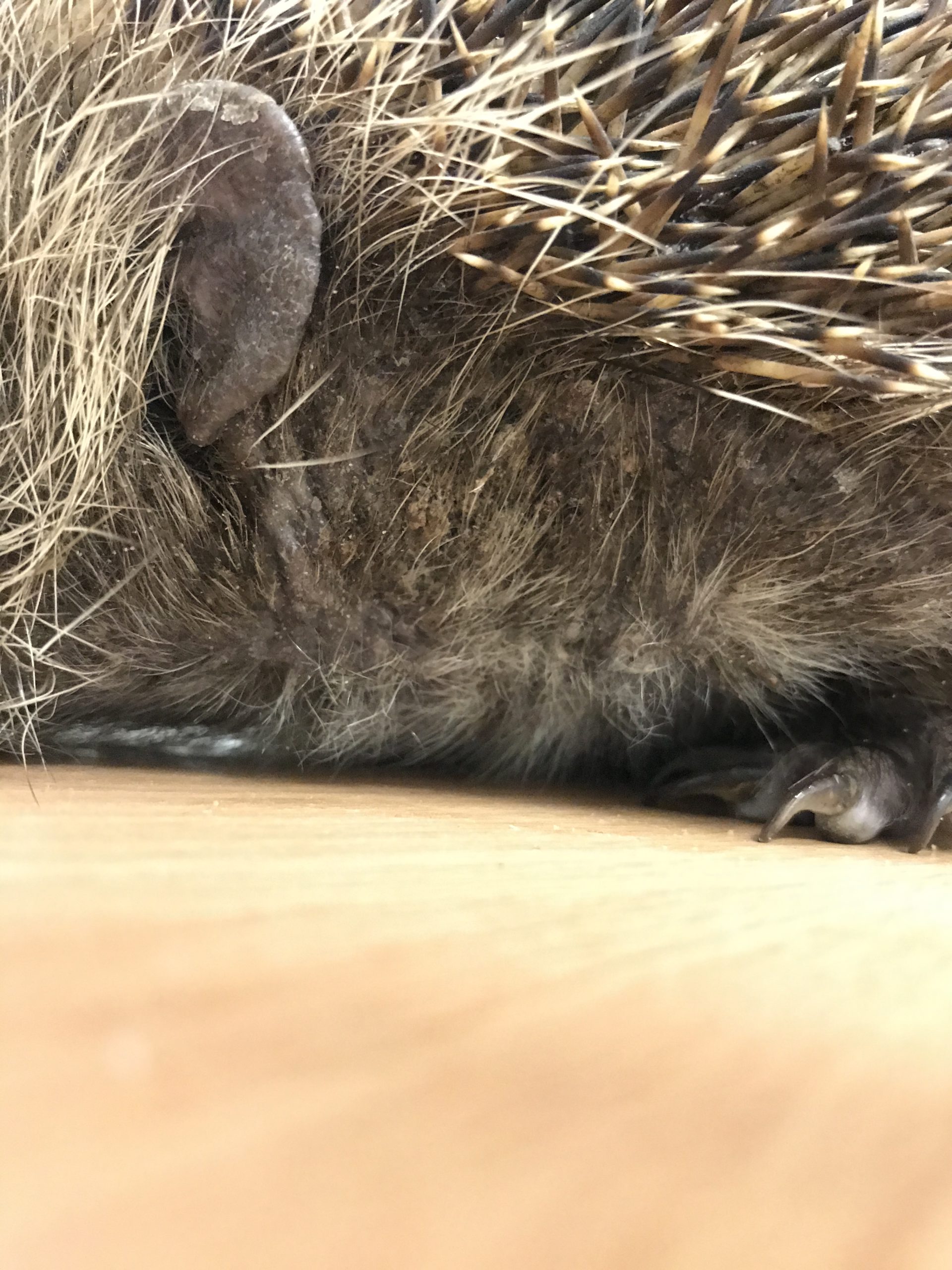It’s February 2nd, and that means it’s World Hedgehog Day! We thought we would share with you some of the microscopy techniques that we use to diagnose the conditions that the hedgehogs are suffering with.

When hedgehogs come into our care, one of the first things that we do is test a fecal sample in order to find out what endoparasites the hedgehog is suffering from. Hedgehogs very often have some sort of parasite that is causing them issues, so it is important to get this tested, and treated, immediately. The image shows the eggs of ’roundworm’ (Capillaria spp.), which are the endoparasite most frequently found in hedgehog faeces.

As well as hedgehogs suffering with endoparasites, we are seeing a large number of hedgehogs coming through our doors that have a condition called mange. Mange is caused by mites that burrow into the skin and cause the hedgehog to have crusty lesions on the skin. Hedgehogs often suffer from ringworm simultaneously to mange, and they present with similar symptoms. To diagnose a hedgehog for mange, we can take skin scrapes from them and view these under the microscope. This particular hedgehog in the image was brought into us on Friday 29th January after the finder had seen him on her night vision camera constantly itching. The video shows the mange mites from this hedgehog under the microscope – no wonder he was scratching a lot! He is now on a course of treatment to clear this up and is in isolation as it is highly contagious to other hedgehogs.
We hope that you have enjoyed reading this article and would like to thank you for your continued support!
If you would like to donate towards our work, please visit https://www.justgiving.com/leicestershirewildlifehospital


Leave a Reply